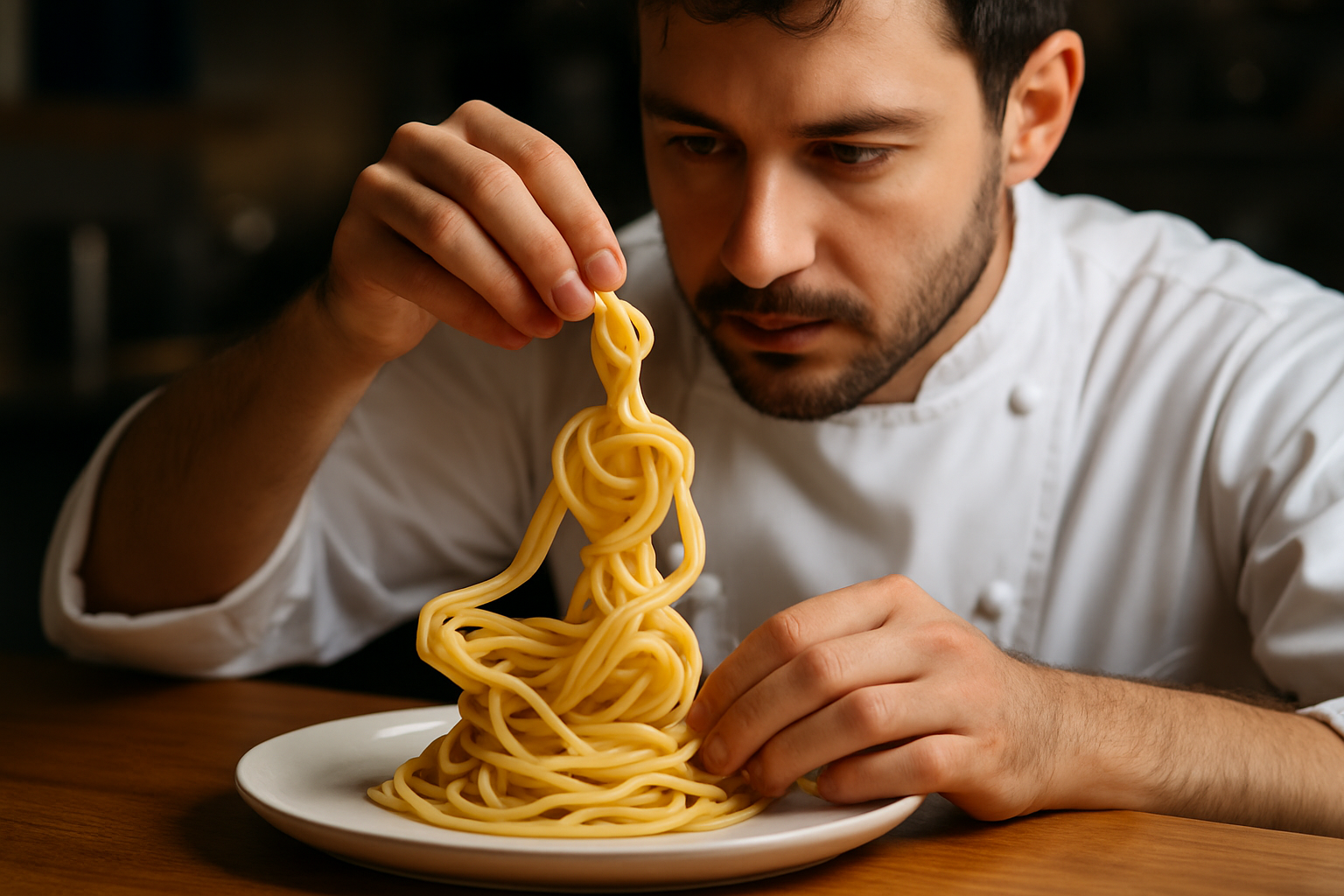Avant-Garde Culinary Theater: Where Food Meets Performance Art
In the ever-evolving landscape of artistic expression, a new frontier has emerged that blends the culinary arts with theatrical performance. This innovative fusion, known as avant-garde culinary theater, is pushing the boundaries of both gastronomy and live entertainment, creating immersive experiences that tantalize all the senses. From interactive dining spectacles to edible installations, this cutting-edge movement is redefining the way we perceive and interact with food, challenging traditional notions of both cuisine and performance art.

Blurring the Lines Between Chef and Performer
In avant-garde culinary theater, the role of the chef extends far beyond the kitchen. These culinary artists are now taking center stage, combining their expertise in flavor and technique with elements of performance art. Chefs are crafting elaborate narratives around their dishes, incorporating storytelling, music, and even choreography into the dining experience. This transformation has given rise to a new breed of culinary performers who are as comfortable in the spotlight as they are behind the stove.
Multisensory Dining Experiences
One of the hallmarks of avant-garde culinary theater is its focus on engaging all five senses. Beyond taste and smell, these experiences incorporate visual spectacles, tactile elements, and carefully curated soundscapes to create a truly immersive environment. Diners might find themselves navigating through a fog-filled room to discover their next course, or using specialized utensils that alter the perception of flavor. These multisensory approaches aim to challenge preconceptions about food and create lasting memories that go far beyond the palate.
Technology and Innovation in Culinary Performance
Advancements in technology have played a crucial role in the development of avant-garde culinary theater. Projection mapping, virtual reality, and interactive installations are being integrated into dining experiences to create otherworldly environments and enhance storytelling capabilities. Some performances utilize molecular gastronomy techniques to create dishes that seem to defy the laws of physics, while others employ 3D printing technology to produce intricate, edible sculptures. These technological innovations are expanding the possibilities of what can be achieved in the realm of culinary performance art.
The Social and Cultural Impact
Avant-garde culinary theater is not just about entertainment; it also serves as a platform for addressing important social and cultural issues. Many performances explore themes such as sustainability, food waste, and cultural identity through the medium of food. By presenting these topics in an engaging and interactive format, culinary theater has the power to spark conversations and inspire change in ways that traditional dining experiences cannot. This aspect of the movement highlights the potential of food as a powerful communicative tool in the world of contemporary art.
Challenges and Criticisms
While avant-garde culinary theater has garnered significant attention and praise, it is not without its critics. Some argue that the focus on spectacle and performance can overshadow the quality of the food itself, leading to style over substance. There are also concerns about accessibility, as these experiences often come with a hefty price tag that puts them out of reach for many. Additionally, the environmental impact of elaborate productions and specialized ingredients has been called into question, challenging practitioners to find more sustainable approaches to their craft.
The Future of Culinary Performance Art
As avant-garde culinary theater continues to evolve, we can expect to see even more innovative approaches to combining food and performance. The integration of artificial intelligence and augmented reality technologies promises to create even more immersive and personalized experiences. There is also a growing trend towards more intimate, community-focused events that emphasize connection and shared experiences over grand spectacles. Whatever form it takes, it’s clear that culinary theater will continue to push the boundaries of both gastronomy and performance art, offering new ways to engage with food and challenging our perceptions of what constitutes a dining experience.






